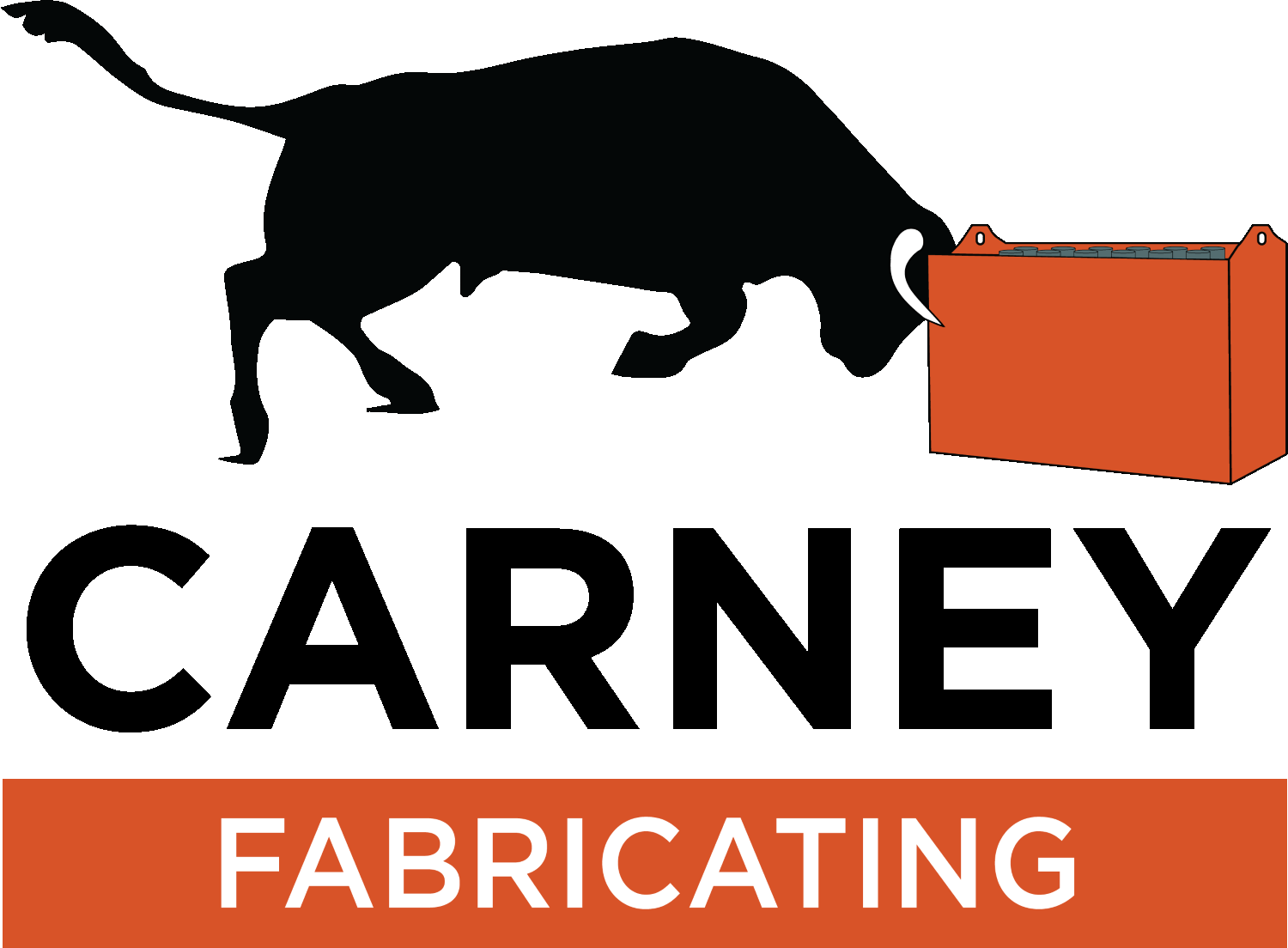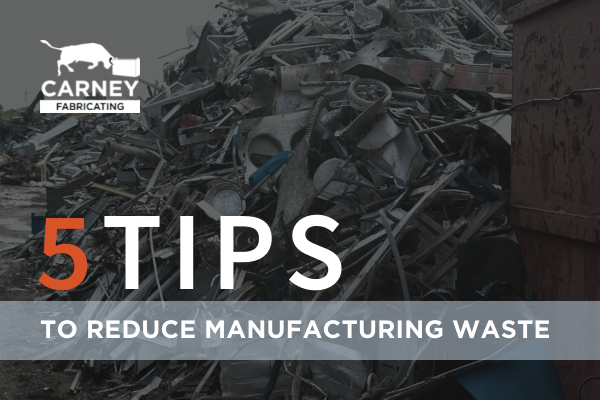As the warmer weather approaches, litter begins to emerge from beneath the snow. The truth is, the waste we see is only a fraction of what is discarded. Last reported in 2018, Statistics Canada determined that Canadians disposed of 14,884,782 Tons of non-residential waste, 6,104,948 of which was in Ontario. As industry leaders in the manufacturing industry, we must mind our impact each year and fulfill our responsibility to reduce waste; here are some tips to reduce manufacturing waste in 2022.
1. Overcome Overproduction
Overproduction results in excess inventory and consumes valuable materials. Typically overproduction is caused by long setup processes and disruptions in product flow, creating false demand and unbalanced production; overproduction is especially devastating to all businesses in today’s ever-challenging market. The question is, how do you avoid it?
- Mapping Actual Demand – Populate and collect actual measurements, solidifying the appropriate demand volume to separate real demand from assumed demand.
- Improve Employee Training – Giving your employees the opportunity for growth doesn’t just apply in the office. Offer regular training for management staff and bring new ideas to product management.
- Establish Stable Schedules – Create a timeline and establish an influx schedule to monitor supply & demand trends within your operation.
2. Evaluating Over-processing
Over-processing results from additional work that does not add customer value. Some examples include over-prepping products for shipping and painting areas that will never be seen or needless. The solution is to evaluate and determine where in your production process time is being wasted.
- Establish Clear Quality Standards – Quality standards need to be established long before the product launches. Develop a high-quality policy, objectives, and user manual.
- Form A Quality Assurance Committee – Quality Committees form to oversee the development, administrative review and ongoing evaluation of company products, policies, and procedures.
- Get Approval for Order Changes – Building an approval process saves companies time and money while keeping customers’ content, reducing the chance of over-processing.
3. Diminish Defects
Product defects are inevitable, whether the cause is new product development, automated processing, or just staff oversight. Defects affect all manufacturers, large-scale and small.
- Conduct Progress Inspections – Appropriately trained personnel should regularly inspect the manufacturing process to identify the cause of each defect.
- Solidify Product Design – A stellar product design team is necessary to reduce defects.
- Internal Communications – Developing a solid internal communications plan is vital to preventing mistakes.
- Reward waste reduction efforts
4. Reduce Wait Times
Delays are a warning of uneven production resulting from ineffective internal communication and bottlenecks. Any slight miscommunication results in waiting for parts, waiting for other departments, or waiting for customers.
- Build Templates – Use JIT templates to eliminate delays, bottlenecks, and wastage
- Avoid Component Shortages – Automated inventory management has a wide array of customizable options and can even reorder stock, helping you avoid supply shortages.
- Cross-train staff – Cross-training staff is incredibly beneficial, especially for small-scale manufacturers; this way, the team can perform various tasks and are not limited to just one or two.
5. Maximize Warehouse Efficiency
Transport waste is caused by a lack of dedicated drop zones for new products and finished goods. Causes can include moving tools, people, and inventory unnecessarily. If this extra time is mined and reallocated, it can increase operational productivity.
- Keep Aisles and Workspaces Clear – Ensure warehouse aisles are clutter-free so employees can navigate freely, maximizing labour.
- Reduce Internal Travel Time – Store fast-moving items in the shipping or assembly areas so that staff can avoid unnecessarily travelling for supplies.
- Create Effective Drop Zones – A dedicated drop zone for each assembly line section will ensure that the correct labourer receives incoming components and that supplies do not get misplaced or misused.
Waste is inevitable; being conscious of the choices we make as manufacturers is key to a sustainable future, and as Canada’s hub of activity, it is our responsibility to set the standard.

